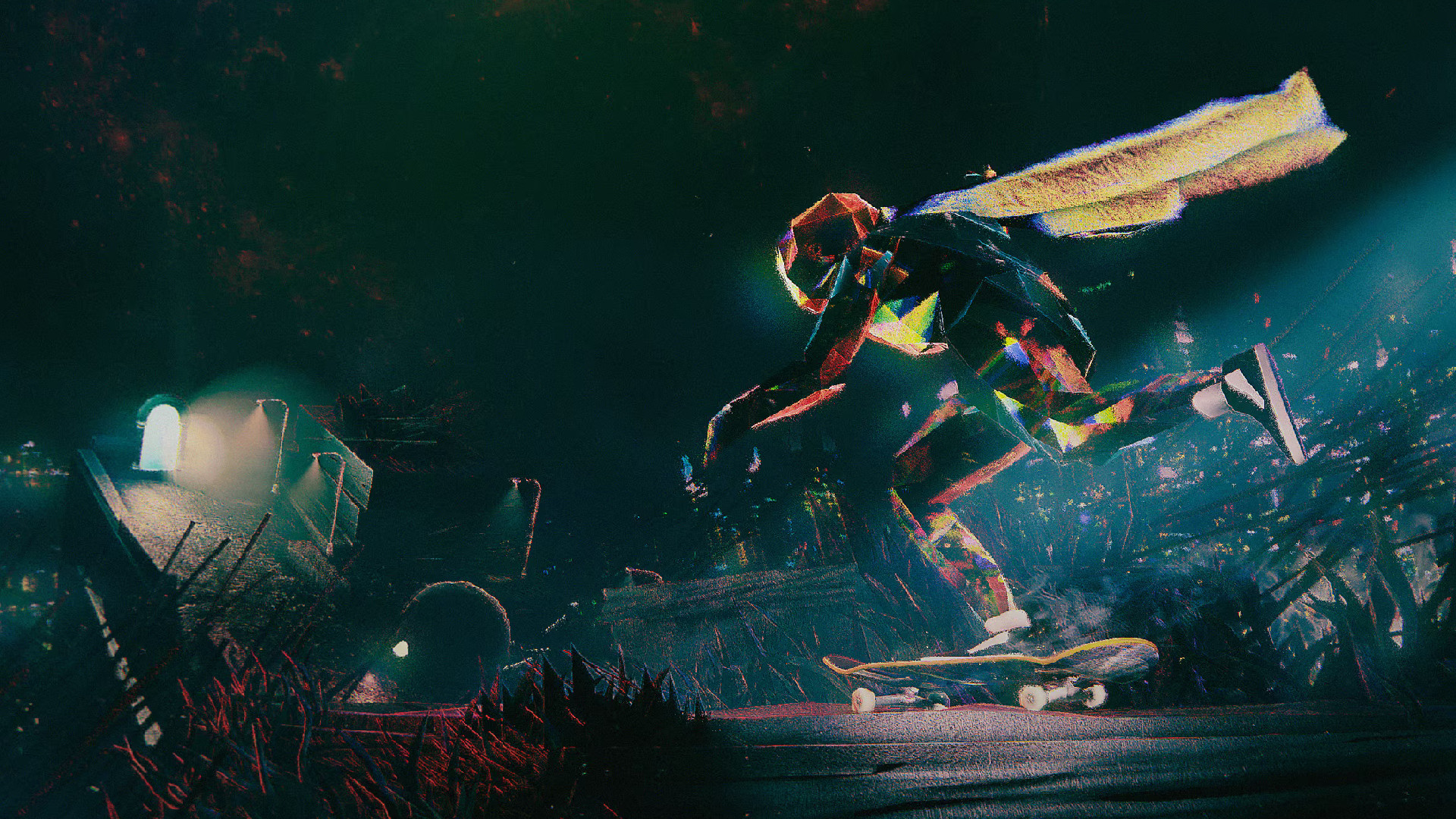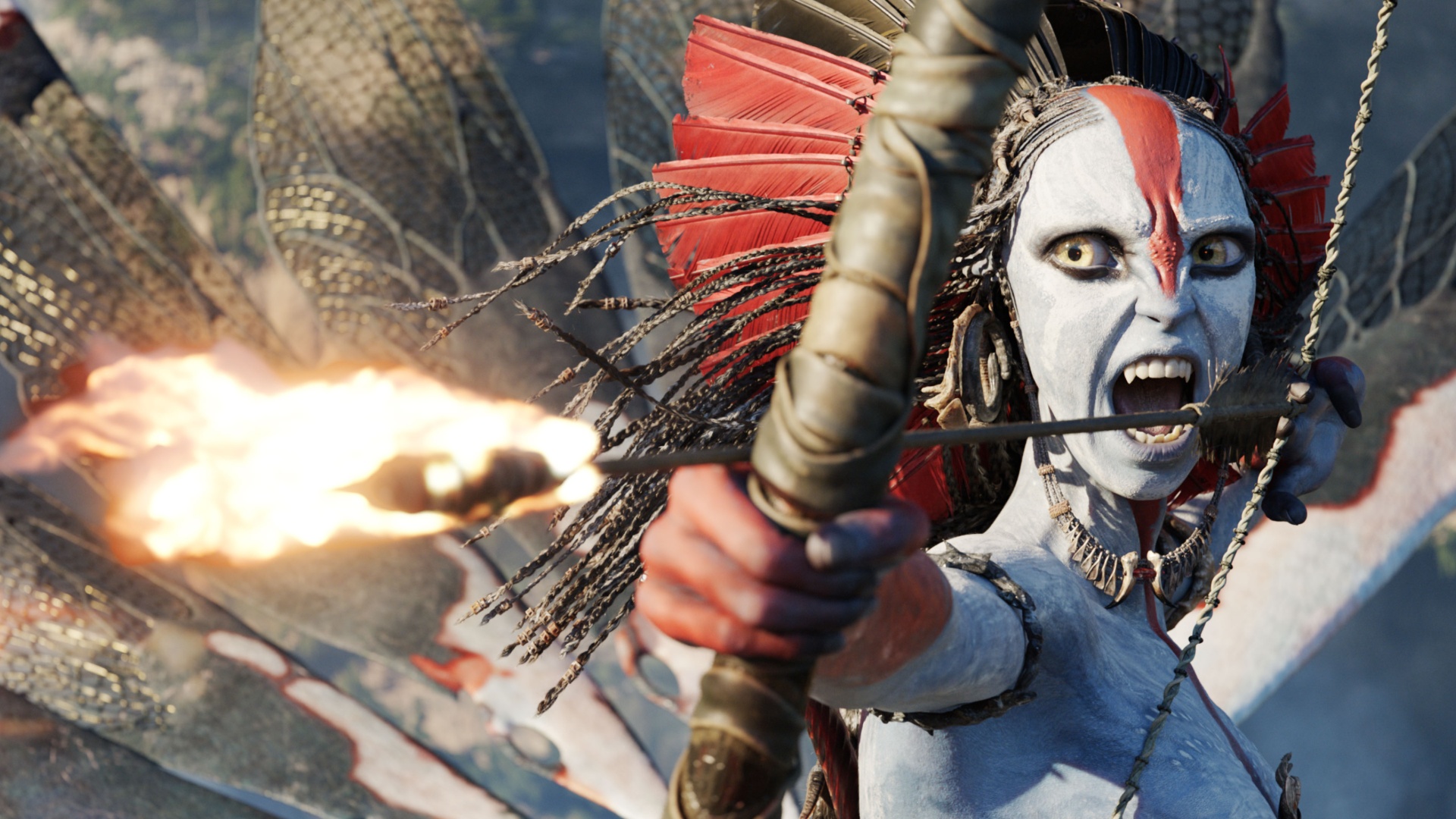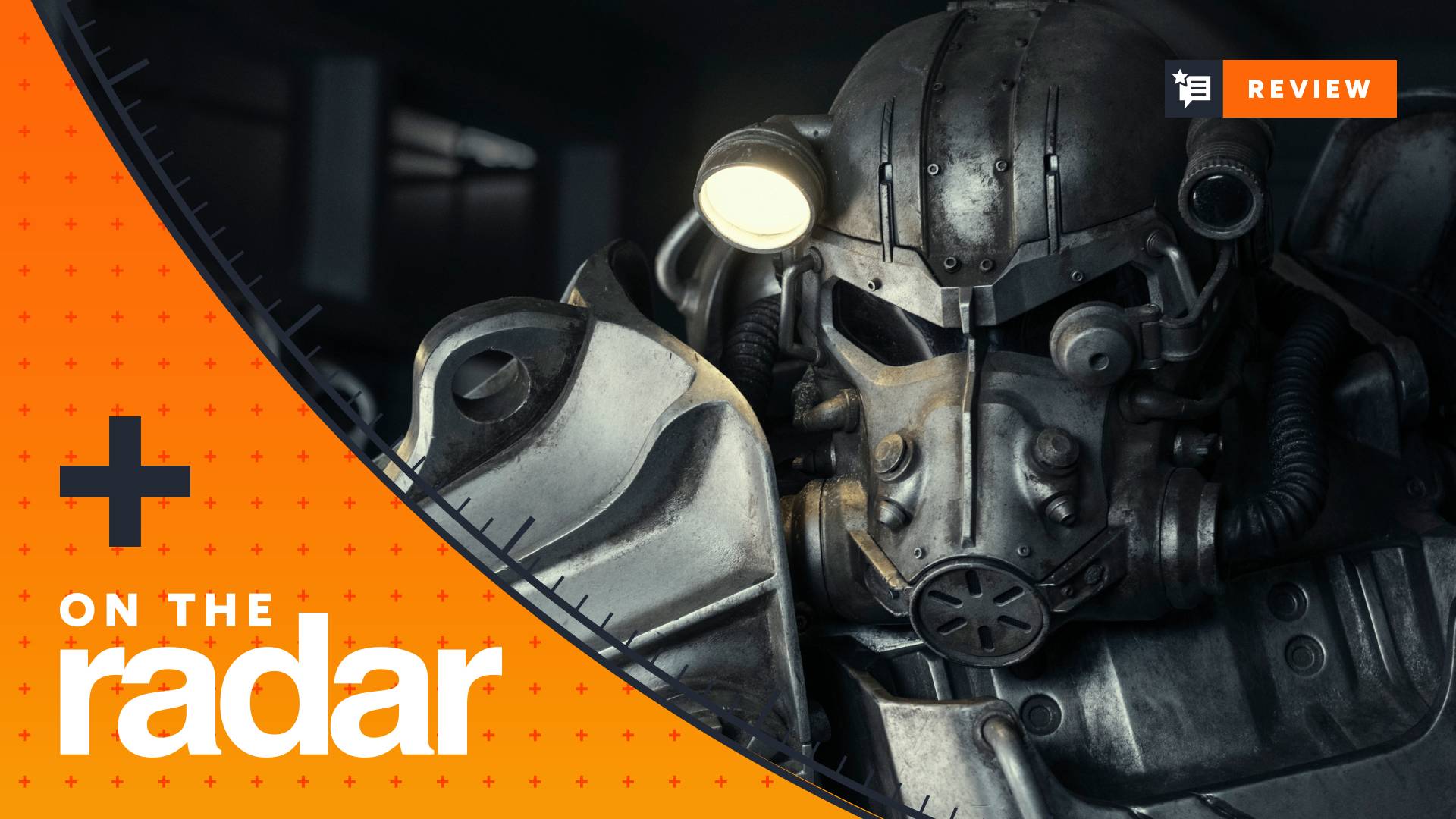Tactics, Tension and Team Play - designing Rainbow Six Siege

Siegecraft
We've gone big on Rainbow Six Siege in the new issue of OXM. We've covered attack and defence with more detail than you'd find on a special ops insertion blueprint and, after our lengthy hands-on with the game, we posed a few questions to game designer, Andrew Witts. Let's break down the walls of Siege's design process.
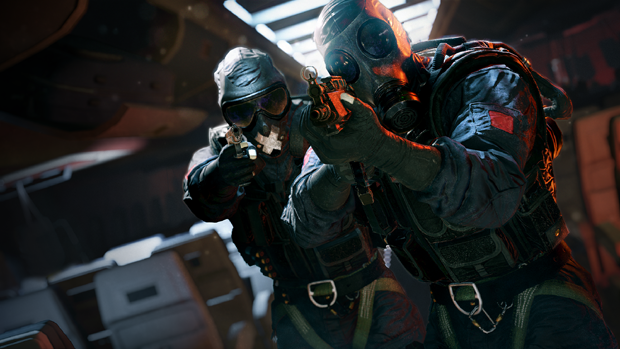
OXM: There are twenty operator types! Is there a risk of making too many and diluting the purity of the tactics?
AW: We feel that ten on each side is the right amount in terms of ingredients for players to pick. We dont just make them in vacuum by themselves; we look at the role that we want players to inhabit. So back at E3 we had a role-based class system with Protectors and Breachers and Assaulters and things, and we knew that those were the kind of schematics and skeletons for the Operators that we were going to create.
So we kind of had these roles in mind for what we were going to do in the future, and weve been basing them on that, asking ourselves, so we're playing the role of support on the attacking side whats lacking? Whats missing?. Then we look and think "whats a kind of interesting gameplay opportunity that would fit in our universe?"
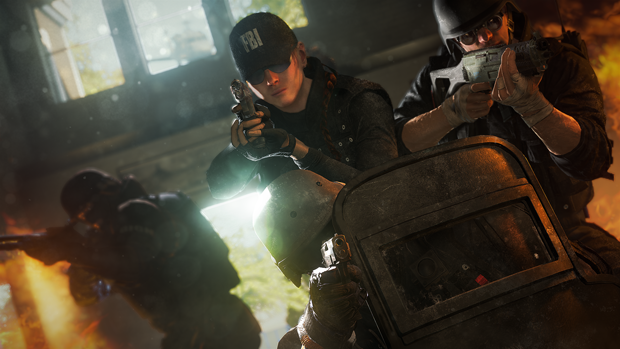
OXM: The action takes place exclusively in tightly-enclosed spaces how does this affect way you approached the weapon design?
AW: Our firefights are a bit different from most games because of the length of the average firing range is shorter. We do it based on the optimal playstyle we want players to have in the game. So SMGs are very ruthless up close, with a high firing rate.
We want the attackers to be the masters of outside, and defenders the masters of their domain inside. So the attackers have to push forward into the stronghold, and we balance the weapons that way. But we still have to tweak it so it's fair when the players get inside maps and battle it out.
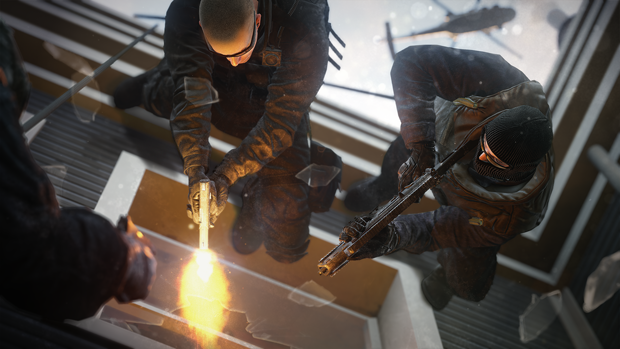
OXM: The game feels quite iterative can you tell us a little bit about the process of making sure that everythings finely balanced between the two sides?
AW: So on the attacking side we've always had the droning phase - even back in 2013 when we first started the game. Ever since then, weve been expanding on the drone design, adding a drone jump so that drones can hide in unlikely places and function as these kind of security cameras. They can go under a bed and check to see if there is a guy in the room by their feet.
On the defence, weve expanded the fortification a bit getting that timing exactly right so that the amount of time players have to actually fortify the area and create their objective room and set up their defense before the attackers come in and all hell breaks loose. Weve done a lot of iterations on timing, and in terms of organising how players vote on maps and spawn points.
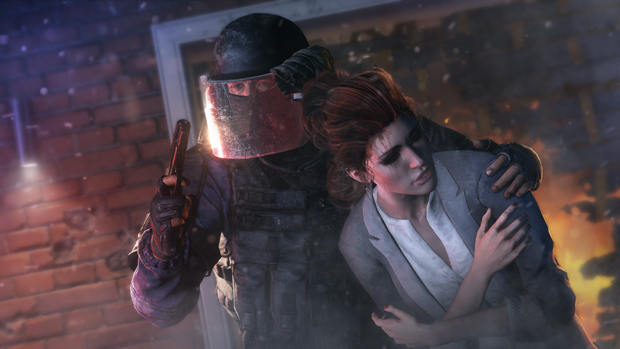
OXM: Enviromental destruction and customisation is a huge selling point, but you've deliberately imposed limitations on what can and can't be destroyed. Are you looking for a Call of Duty-esque no place is safe kind of design, or something like Halo where there actually are parts of the map where you can knuckle down and protect?
AW: We have objective points - in the case of the defenders its where the hostage can be located - so we have these hot points in the maps where we can test out an overall structure and then as far as the destruction is concerned, we make sure that theres natural choke points to get in and out of those objectives.
But an interesting curveball that we throw our players is that there can be new choke points defenders can blow up walls and create crouch-height passages to outflank the attackers as theyre coming in, and vice versa; the attackers can blow out a brand new path and move around the defenders and the chokepoint they've created.
We certainly have these hot points and main avenues and chokepoints aiming towards them, then we build everything around there. We playtest and and make sure that it feels fair, and it gives a lot of tactical opportunities for players both on attack and defence. If Im a defender, maybe I dont even want this wall, I want a giant room I want to expand my objective room from being a very rectangular shape to being an L shape and blow out a wall into the bathroom so now from the bathroom into the master bedroom in-house is my Objective Zone its about giving the players those tools.
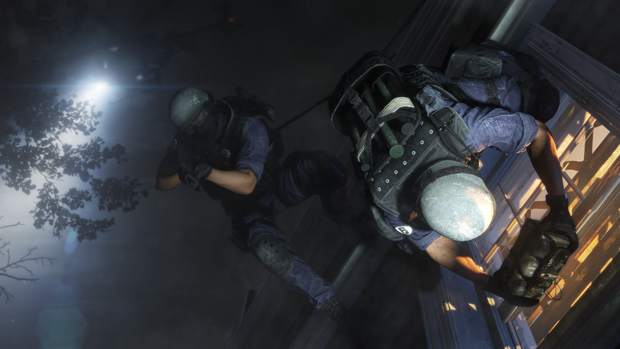
OXM: During our hands-on session, did anyone surprise you in the way they used the operators that were available?
AW: Yeah... I was actually surprised at how fast people are picking up some of the advanced things with Operators. The heartbeat sensor, for example. Usually we see guys taking the heartbeat sensor and staying in the objective room, telling people where the enemy are. But how we saw Pulse whos the Operator being used today was he was actually skirting the perimeter and looking for where they were and then communicating back to his teammates. He was hiding behind a wall, waiting for somebody to come in and then just blowing a hole through it. That forces the attackers to use their drones a bit more and observe or re-route themselves around that bit of defence.
OXM: I guess if you shape the lay of the land you have an advantage over the other team as they dont know what to expect?
AW: Exactly. You create the stronghold, you create the puzzle that the other team has to solve and get around, right? So thats what this is all about; the defenders can be very sneaky and can be creative in terms of what they do and the puzzle that they create for the enemy team to disassemble.
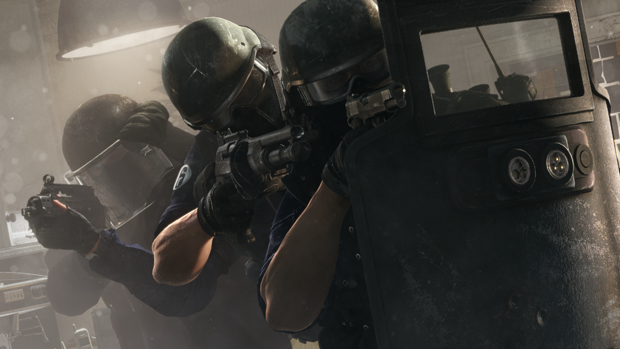
OXM: What is it that makes Rainbow Six, Rainbow Six?
AW: We have these very particular pillars when we study the game. Its really all about tactics, teamplay and tension.
When you talk tactics the game has to be tactical and give players options to exercise, and not limit them it has to be about player creativity in front of a sandbox. "What can I do? How can I outsmart somebody else with what I want to do? Let the player do that, but within the rules we've set for balance's sake.
Tension is having no respawn, having harsh challenges and repercussions for what you do and whether your plan lives or dies. Additionally, because its so tense, people communicate more because they need to alleviate the tension of: Ahh, Im in here! Tell me where they are! Lots of people will communicate, which is that teamplay aspect.
So its really always about going back to those three tenets and always thinking, does it fall in line with these? Is the game very Rainbow Six?
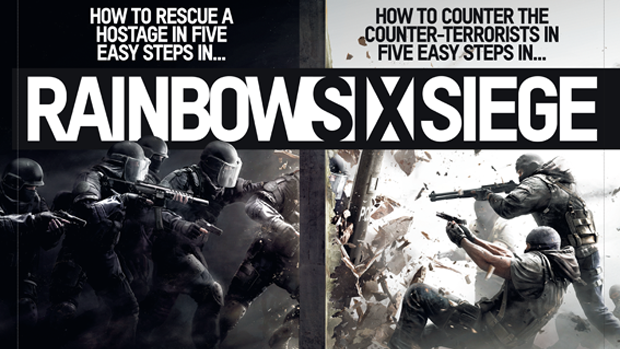
This interview is just one part of our huge preview of the game. In the magazine, you'll find full rundowns of both attacking and defending, from setting up a base to how to cover a whole house with only four attackers.
You can find the full cover story in the new issue of OXM, out now physically and digitally in the UK, and available in the US from 28 April.

